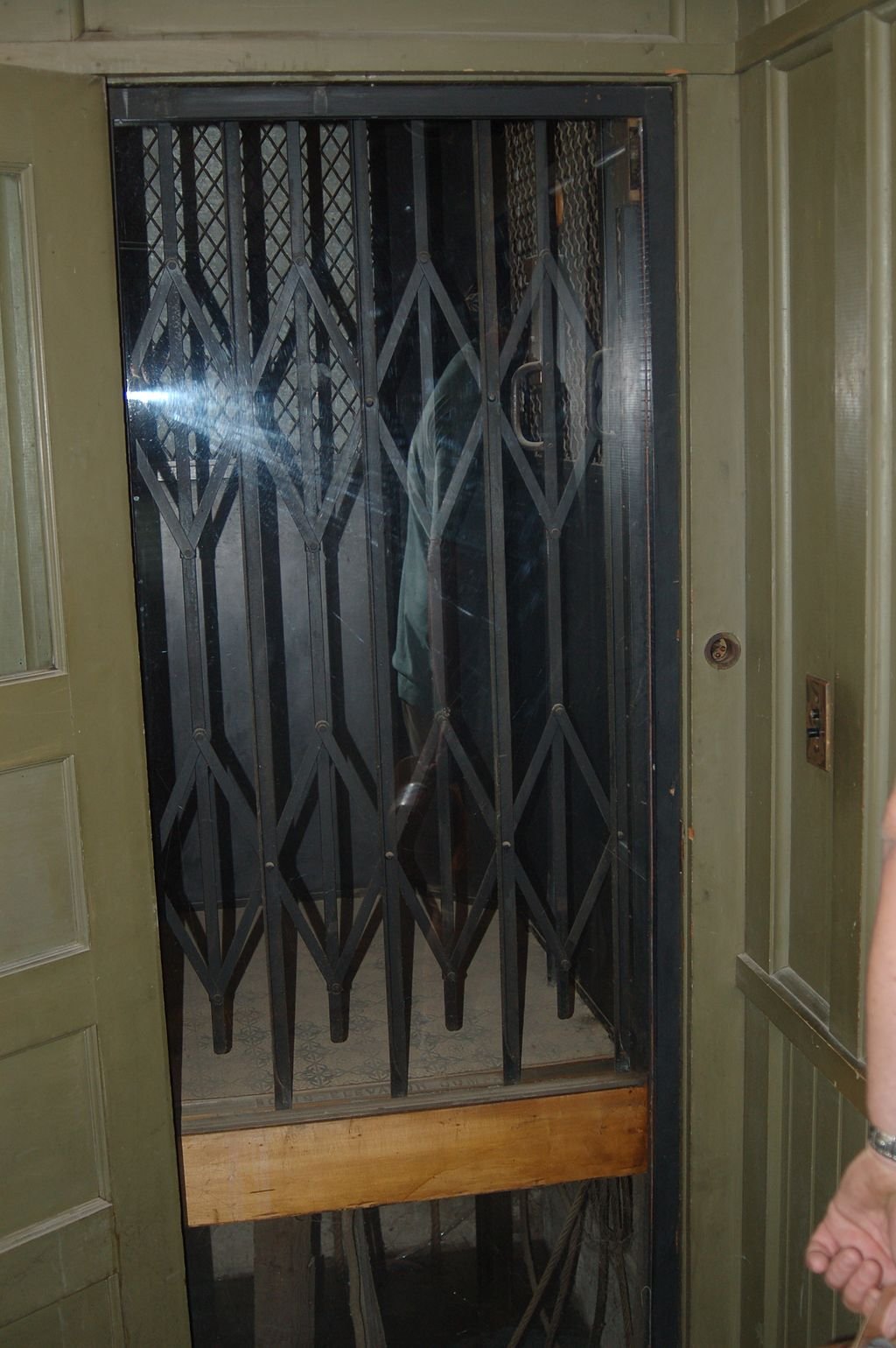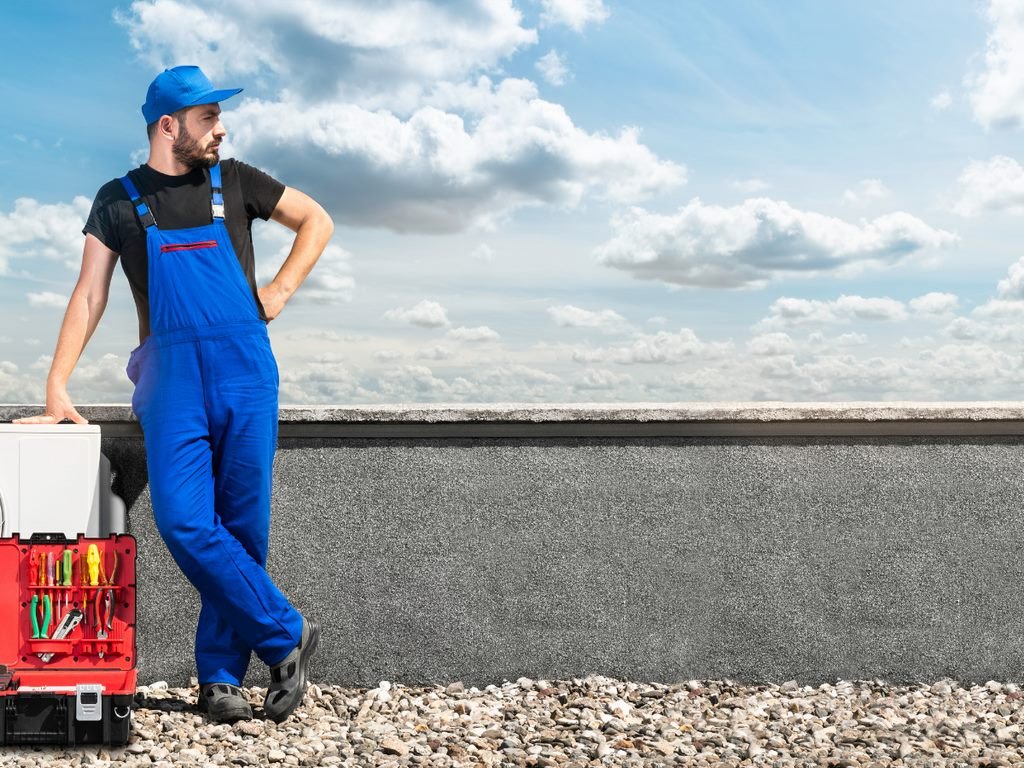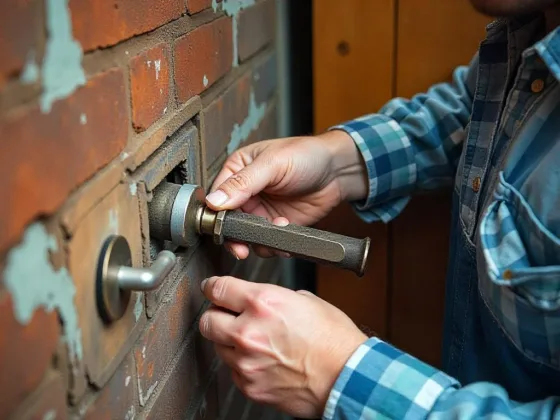Table of Contents Show
Installing a home elevator is a big decision, but one that can be very rewarding in the long run. If you’re considering installing one, or have already done so and are looking for tips on how to make it as safe and easy as possible, read on.

Step One: Selecting Your Space
The first step in installing a home elevator is to select the space where it will be placed. You’ll need to account for the dimensions of your elevator and any obstacles, like walls or furniture that may get in the way. Once you’ve chosen a location, measure the height of your doorway and add an extra 8-12 inches on either side for clearance.
Step Two: Calculating Your Lift Capacity
Your lift capacity will be based on the weight of the people and objects you’ll be able to carry. To determine how much weight your elevator can handle, use this formula: Weight x Height = Capacity.
To figure out how many people can fit in your elevator at once, multiply their weight by the lift capacity. For example, if you have a lift that can hold 500 pounds and someone weighs 250 pounds, they would be able to ride up with three other people.
Step Three: Getting The Proper Measurements
Now that you have determined the size of your home and the number of floors, it is time to get accurate measurements. A professional elevator installer will need to know the dimensions of your home in order to provide an accurate quote for installation.
Make sure to have all relevant information ready when meeting with your installer, including floor counts, roof height and width, and basement depth.
Step Four: Hiring A Contractor and Installation Company
When you are ready to install your home elevator, you will need to find a contractor and installation company that can help with the job. Here are some tips to help you find the right company:
First, make sure that the contractor you choose is licensed and insured. This will ensure that they are qualified to work on your home elevator and that any damage they cause will be covered.
Second, be sure to ask the contractor what kind of installation they will be doing. Some contractors only do assembly or installation work; others may also offer repair or maintenance services.
Choose a contractor who has experience with both types of installations so that you can be confident that your home elevator is going to be installed correctly.
Finally, ask the contractor how long it will take them to complete the job. This information is important because you don’t want to have your home elevator installed for an extended period of time only for it not to function properly once it’s installed.
Qualifications
Make sure the team you select for your project is qualified to install your home elevator. The installation process can be very dangerous if not done by a qualified team.
Here are a few things you should look for when hiring a contractor:
- Licensed and insured
- Experience with installing home elevators
- Familiarity with your area
Call the installation company yourself to find out more about their qualifications and how long the installation process will take. You may be pleasantly surprised.
Step Five: Safety Precautions for Your Renovation Team
Renovation teams should take plenty of safety precautions when installing a home elevator. Here are five tips to follow:
- Have a safety plan in place. Make sure everyone knows where the exits are and what to do in the event of an emergency.
- Equip the elevator with emergency stop buttons and signage indicating where they are located. Have someone on hand to press them when needed.
- Always use caution when ascending or descending the elevator, especially if there are children or pets in the home. Use caution when moving heavy objects, too!
- Keep all renovation materials out of reach of children and pets until they are properly installed and inspected by a professional installer. Do not use nails or screws that could puncture walls or flooring; use only approved materials instead.
- Always keep your eyes open for potential hazards while working on your home elevator, and be sure to call for help if you encounter any problems.
Regular Repairs and Routine Maintenence
A well-maintained home elevator is a safe and efficient way to transport people and materials up and down your stairs. Here are a few basics you should keep in mind:
- Inspect the machinery and mechanical parts monthly for wear, damage, or malfunction. Has the elevator been serviced as needed by an authorized servicer?
- Clean or replace any damaged or worn parts as soon as possible to ensure safe operation.
- Check cables, pulleys, belts, and other moving parts for wear and tear; make any necessary repairs or replacements as soon as possible.
- Regularly lubricate all moving parts using approved hydraulic fluid; this will help reduce friction and extend the life of the equipment.
- Keep all warning signs in good condition, and replace them when they become illegible or damaged.
Your residential elevator is a valuable piece of equipment and deserves the same level of care and attention as any other appliance in your home. Take these safety tips along with a few precautions to heart, and you’ll be well on your way to a safe and efficient installation.









